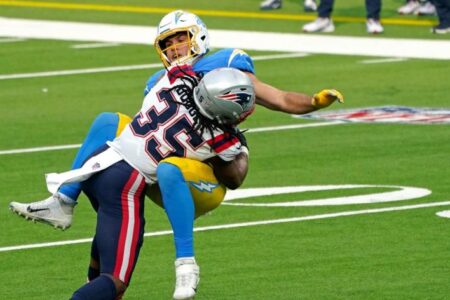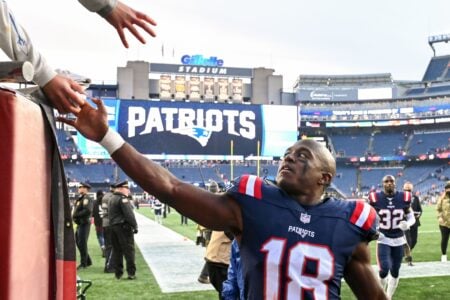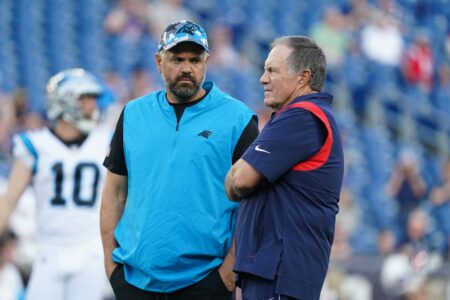- Joined
- May 1, 2008
- Messages
- 16,682
- Reaction score
- 3,686
This is and excellent thread. I'm at the stage now that I'm pretty confident that I know who the good player are. Now comes the hard part.
That's part of the problem. We're all pretty confident that we "know who the good players are", as are most GMs. And a lot of us will be wrong.
I've had pretty decent success picking some players over the past decade. I loved Troy Polamalu, Karlos Dansby, Lofa Tatupu, DeMarcus Ware, Steven Jackson, Ryan Clady, and Greg Jennings. But I also loved David Pollack (who might have been great but got injured and didn't pan out), Michael Huff, and EJ Henderson. And I never saw Michael Roos or Owen Daniels coming. I liked Ed Reed but never thought he would become the best FS of the past decade. Allan Branch was the closest thing I had to a binky in the 2007 draft, and I thought he could be a pro bowl 3-4 DE. Oops.
So I have my favorite players, and I've been vocal about them (Aaron Curry, Jason Smith, BJ Raji, Connor Barwin, William Beatty, Robert Ayers, Louis Delmas, Hakeem Nicks, Sean Smith, Alex Mack, Eric Wood, Jarron Gilbert, James Casey, Mike Wallace, Sammie Lee Hill, Devin Moore, Kevin Huber, and Jason Phillips among them, to pick 20 players), as well as about some of the players I don't care for. I've put a lot of work into thinking about "who the good players are". But I'm sure that I'll be wrong on at least 30% of them, and perhaps 50% or more.



















